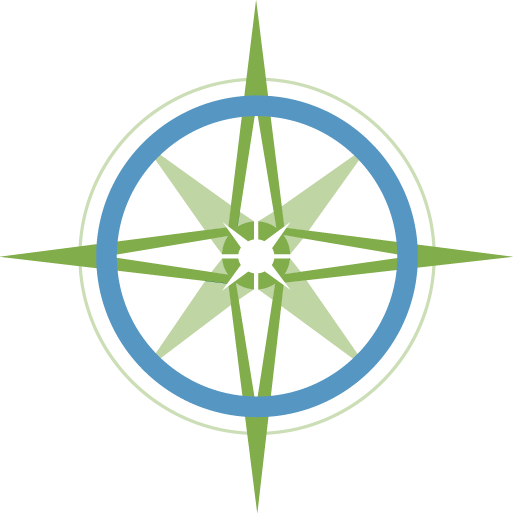

By: Lakeview Health
Prescription and OTC Drugs
Prescription drugs are meant to be taken under supervision of a doctor and prescribed to a specific person for the treatment of a specific condition. When a teen takes a prescription medication that has not been prescribed to him or her specifically, there may be contraindications that he or she is unaware of. Teens may also take more than a safe dosage of a prescription medication and suffer an overdose. Taking prescription drugs can cause side effects such as elevated heart rate, heart failure, difficulty breathing, seizures and changes in brain functions, especially if the prescription drug abuse continues for long periods of time. Commonly abused prescription medications include drugs for pain or cough relief, central nervous system depressants and stimulants. Teens use drugs for a number of reasons that range from the original purpose of the drug to experimentation. Teens may use drugs for an extreme high, to lose weight or to feel extremely relaxed or mellow. In some cases, teens may take more drugs than what is safe or combine them with other types of drugs, including alcohol. Over-the-counter (OTC) medications are available without a prescription and are not as strong as prescription or street drugs, but they can still become addictive and pose serious health risks when taken inappropriately or combined with other drugs. OTC cough and cold medications contain the cough suppressant dextromethorphan, or DXM, and can cause hallucinations in large doses. Teens may also abuse diet pills for a high, buzz or extreme dieting by those who have an eating disorder. Medications that contain caffeine are also popular when it comes to OTC drug abuse. Caffeine is a stimulant and is found in diet pills as well as medications that are meant to help people stay awake. On the opposite end of caffeine stimulants, some teens abuse sleep aids.
The Stats and Why They Do It
Teens take OTC and prescription drugs for many of the same reasons that they take street drugs. In many cases, drugs are used to achieve a certain emotion or to help deal with situations that are difficult or stressful. Teens often choose these types of medications because they see them as less harmful than illegal or other “hardcore” drugs. Another reason that teens turn to over-the-counter or prescription drugs is because they have easy access to them. OTC medications can be purchased at any grocery or drug store and prescription medications can be found in medicine cabinets at home, are shared amongst friends or can be purchased illegally over the Internet. Unfortunately, what some teens do not realize is that this type of drug abuse, as well as the sharing of prescription medications, is as illegal as using or obtaining any other drug. The easy availability of OTC and prescription drugs has caused the number of teens abusing them to rise. Prescription and OTC medications are the most frequently abused drugs besides alcohol, tobacco and marijuana. According to the Drug Enforcement Administration (DEA), over 2,000 teens attempt to get high on prescription drugs each day. The DEA also states that 60 percent of teens that use prescription painkillers started using them before turning 15 and 63 percent found it easy to get the drugs from medicine cabinets at home or at the homes of family and friends. The Centers for Disease Control states that certain prescription medications, such as opioids, are responsible for more deaths by overdose than common street drugs such as heroin and cocaine.
What to Look For and What to Do
If parents suspect that their child is abusing prescription or OTC drugs, there are certain warning signs to look for in teen drug abuse. Parents should look for changes in their child’s personality and behavior at school and home. They should take note if he or she becomes more aggressive, withdrawn or starts to exhibit mood swings. Their child also may start to associate with a different group of friends, no longer care about his or her appearance or stop tending to personal hygiene. He or she may be noticeably less hungry or have difficulty sleeping. Items may begin to suddenly disappear from the medicine cabinet and the child may have eyes that always appear red or bloodshot. When a child displays warning signs such as those mentioned above, parents should approach them with their concerns. This should be done in a calm manner that is not accusatory or judgmental. Parents should explain why over-the-counter or prescription drug abuse is a problem and listen to any problems that their child may want to discuss with them. To prevent further abuse of drugs that are kept in the house, medicine cabinets should be locked and careful inventory of medications in the house, both prescription and over-the-counter, should be taken.
- The Partnership at Drugfree.org
- The Abuse of Prescription and Over-the-Counter Drugs (PDF)
- Get Smart About Drugs: A DEA Resource for Parents
- Smart Moves Smart Choices- Parents: You Can Make a Difference Right Now
- DrugFreeNH.org- Prescription Drugs: Get the Facts!
- New York State Department of Health – Protect Your Kids! Prescription Drug Alert





